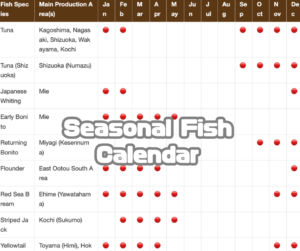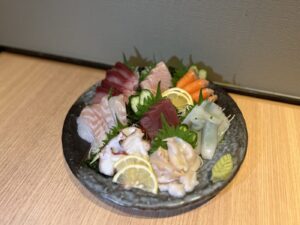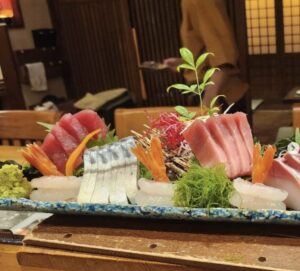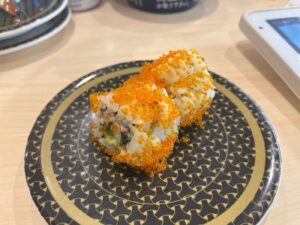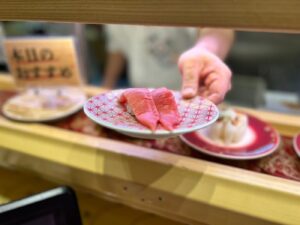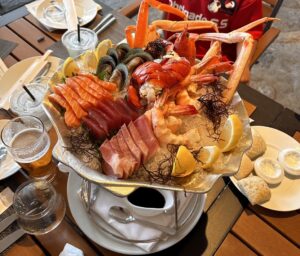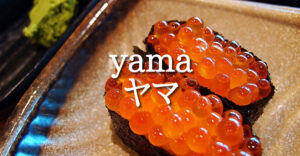“Conveyor belt sushi,” now boasting a market size of over 600 billion yen, has become a beloved dining option for people of all ages, from children to adults. In this article, we thoroughly investigate the corporate strategy behind conveyor belt sushi.
What’s the Secret to Sushiro’s Affordability?
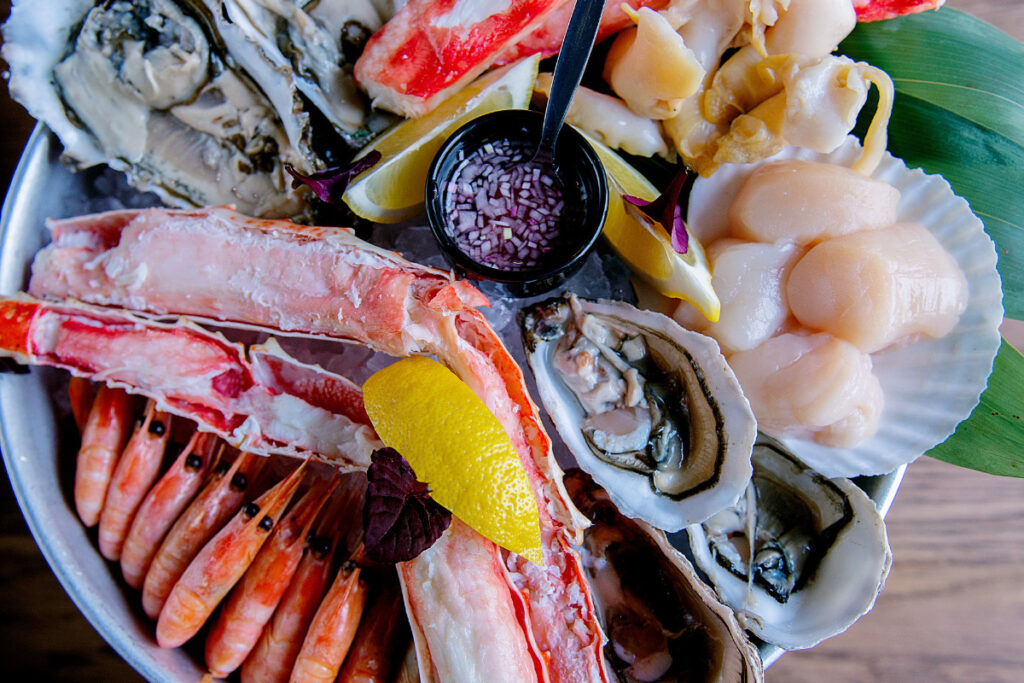
Sushiro currently operates 514 locations nationwide and has held the top position in the conveyor belt sushi industry’s annual sales for eight consecutive years. One key factor driving its popularity is the extensive menu, which includes over 120 items, including side dishes. The top three sushi choices among customers are “tuna,” “yellowtail,” and “salmon roe,” with “tuna” consistently ranking as the most popular for 35 years. Approximately 51 million plates of red tuna are consumed annually, equivalent to three plates being eaten every second. Furthermore, Sushiro offers 11 different types of tuna starting at just 100 yen. The secret to offering tuna at such an affordable price lies in effectively utilizing “parts of the tuna that cannot be used for sushi.” For instance, the normally unused “tuna head” is used to make “ramen broth,” and the “tuna sinew” is used in “deep-fried chicken” and other side dishes. This unique approach has garnered attention online, with comments such as, “Sushiro’s appeal goes beyond just sushi,” “I want to visit Sushiro,” and “I’ve never had ramen at a conveyor belt sushi restaurant before, but I might want to try ramen made with tuna broth.”
Why are Sushiro’s “French Fries” Delicious?

Sushiro’s appeal extends beyond sushi to its side dishes. For example, if you search online, you’ll find that Sushiro’s “French fries” are affectionately referred to as “Potero” due to their immense popularity. In the past, they even opened a temporary French fry specialty shop called “Potero.” The secret to the deliciousness of the French fries lies mainly in two factors: the use of “American-grown potatoes” and a manufacturing process that emphasizes texture. In particular, the latter involves coating the potatoes with a unique batter to achieve a “crispy flavor” and a “crunchy texture.” In addition, in October of last year, they temporarily sold a collaborative product with “Johnny’s Karaage,” a specialty shop for deep-fried chicken in Oita, called “Sosoru! Garlic Soy Sauce Karaage.” The shop has won the top gold award in the “Karaage Grand Prix” in the Central Japan Soy Sauce Sauce category for three consecutive years. Sushiro’s original seasoning was applied to aim for “deep-fried chicken that pairs well with sushi.” The product quickly gained popularity, with comments online like “This is too delicious! It’s a shame it’s limited-time,” “The refreshing sushi and deep-fried chicken pair perfectly!” and “Even though it’s chicken breast, it’s surprisingly tender. The seasoning is top-notch!” The charm of Sushiro continues to evolve day by day. We look forward to seeing what new services and products they will introduce in the future.


